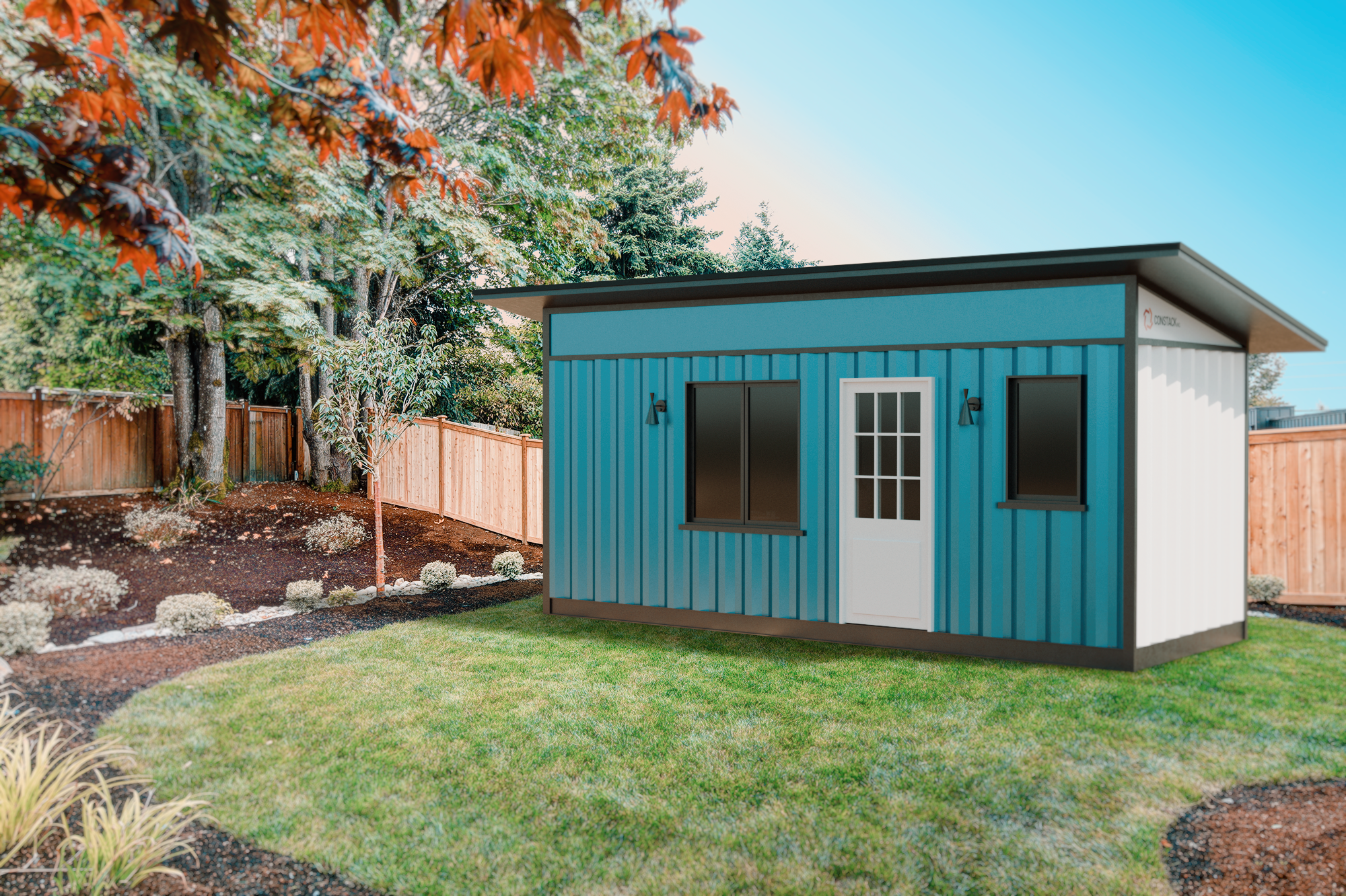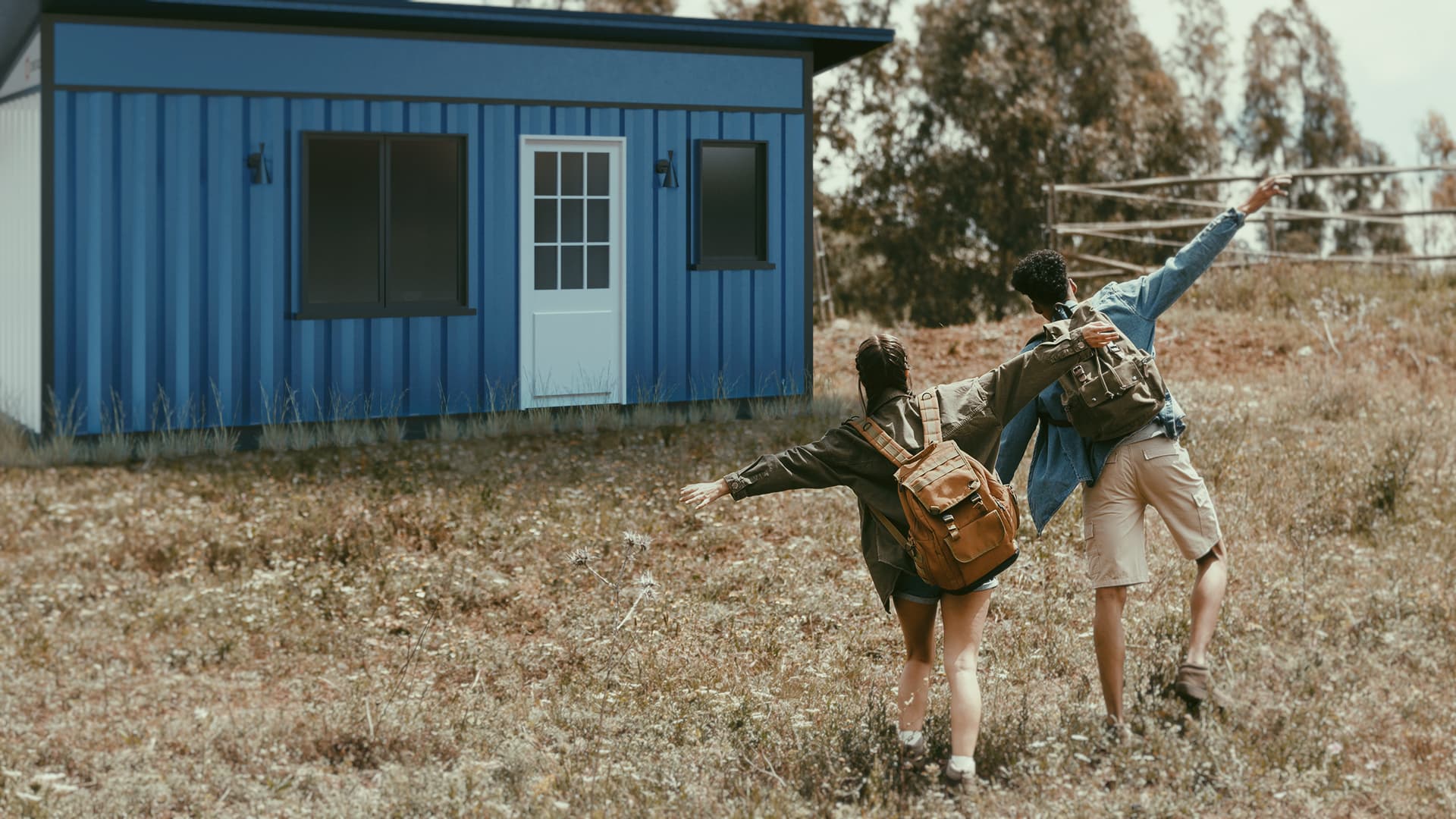The Global Housing Crisis
and where Canada fits in
What has
been festering for over a decade has finally come to a head in 2022. The
Canadian housing market is experiencing a long-awaited correction. As a result,
the proverbial bubble may be on its way to bursting.
Skyrocketing
home prices in major cities throughout Canada have left many Canadians
wondering if they will ever get an opportunity to enter the competitive housing
market.
Whether
you live in Toronto, Los Angeles, Hong Kong, or Accra, major cities worldwide
are grappling with ways to handle the lack of affordable homes, soaring home
prices, and the impacts of global inflation on their existing market supply and
pending construction projects.
Over the
past decade, large cities have seen an increased presence of international
investors, some making up more than 25% of home buyers, putting pressure on the
supply of affordable homes.
Median
home prices have soared beyond 30% in places such as Toronto.
In
addition, with Air BnB and other lesser-known temporary housing suppliers
entering the housing mix, the cost of renting has also been gradually
increasing.
The cost
to buy a home is no longer attainable for many, with the average price in a
city like Toronto topping $1,200,000 as of July 2022.
What is the Canadian
Government doing to correct the issue?
Federal,
provincial, and municipal governments have been under immense pressure to fix
what is clear to all as an ailing system and a significant housing crisis.
There are calls for fiscal and land use policy changes to ease the pressure on
the market.
Some
measures have shown to be effective. For example, in Vancouver, a 15% property
transfer charge for foreign nationals was implemented in 2021. This action
resulted in a slowdown in the housing market, averting a potential market
crash. However, more still must be done.
Additional
measures, such as increasing mortgage lending rates, increasing housing supply
on the market by loosening development regulations, and taxing vacant homes,
could help to soften the housing market even further.
The
issue of housing supply is the most pressing for renters and first-time
homebuyers seeking to enter the market.
In
Ontario, it has been acknowledged that "only 20 percent of the land
designated for development has been used up since 2006." So, while there
is overcrowding in some areas, there is still room for development, should the
government ease regulations to make it easier and more affordable to build new
properties?
The Opportunity for Lane Way
Home Development
(The Silver lining)
There is
a hidden opportunity that is coming to the fore. The laneway development has
made an entrance, and loosening municipal legislation makes it a more
attractive option. Our previous article explained why laneway homes are making
a splash.
A
laneway home is a reasonable option for existing homeowners seeking to take advantage
of the housing market by providing a living space for aging relatives or grown
children seeking a place to live. These can be a great source of additional
income for the homeowner and a solution to the affordability challenge for the
homeowner's family.
In
several large municipalities, governments have cleared laneway homes for
development. These legal zoning adjustments allow existing homeowners to build
a dwelling on their property's laneway.
There
are still barriers that make it challenging; however, the conversation has
started and continues to be developed. There are hurdles, from neighbor
disputes to fire and emergency access rules, but one thing is clear: more
people are seeking this opportunity.
Several
municipalities streamlined their process to make it easier for homeowners ready
to build.
Municipalities that have
cleared laneway/backyard suites:
1. Toronto: Implemented 'The Affordable Laneway
Suites Pilot Program. This program offers a forgivable loan of up to $50,000
for eligible property owners developing a laneway suite. There are up to 36,000
lots available for laneway suite development in Toronto.
2. Vancouver: Since 2009, has approved 4000 laneway
suite permits. In October 2018, the Vancouver city council changed their Zoning
and Development Bylaws, making it easier and more affordable to build laneway
homes and make them more livable.
3. Calgary: in 2021, the municipality waived
development permits and registry fees on backyard suites until the end of the
year. They also have a very user-friendly portal for those seeking to build
backyard suites, clearly stating the permit fee to construct a suite is $1364.48.
4. Edmonton: Known as Garden Suites, Edmonton has
also made the process easier for prospects considering garden suites.
Edmonton's city council approved a plan in December 2020 to make 50% of new
housing units available through 'infill city-wide projects.
With
these changes in place, there is a lot of potential for homeowners and families
looking for alternatives. So, the future is bright, and despite the
uncertainties in the housing market, there is a silver lining.
References:
Five
ways to cool Canada's burning-hot real estate market
https://archive.canadianbusiness.com/economy/how-to-cool-canadas-burning-hot-real-estate-market/
How
cities can unlock the potential of laneway housing
https://theconversation.com/how-cities-can-unlock-the-potential-of-laneway-housing-150526
Laneway
housing development affects neighboring home values, UBC study finds
https://calgaryherald.com/life/homes/new-homes/laneway-housing-development-affects-neighbouring-home-values-ubc-study-finds
Building
a backyard suite
https://www.calgary.ca/development/home-building/new-backyard-suite.html
Garden
Suites
https://www.edmonton.ca/residential_neighbourhoods/garden-suites
Edmonton
Is Making Its Alleyways a Great Place to Live
https://reasonstobecheerful.world/edmonton-laneway-housing-granny-flats-garden-suites/


